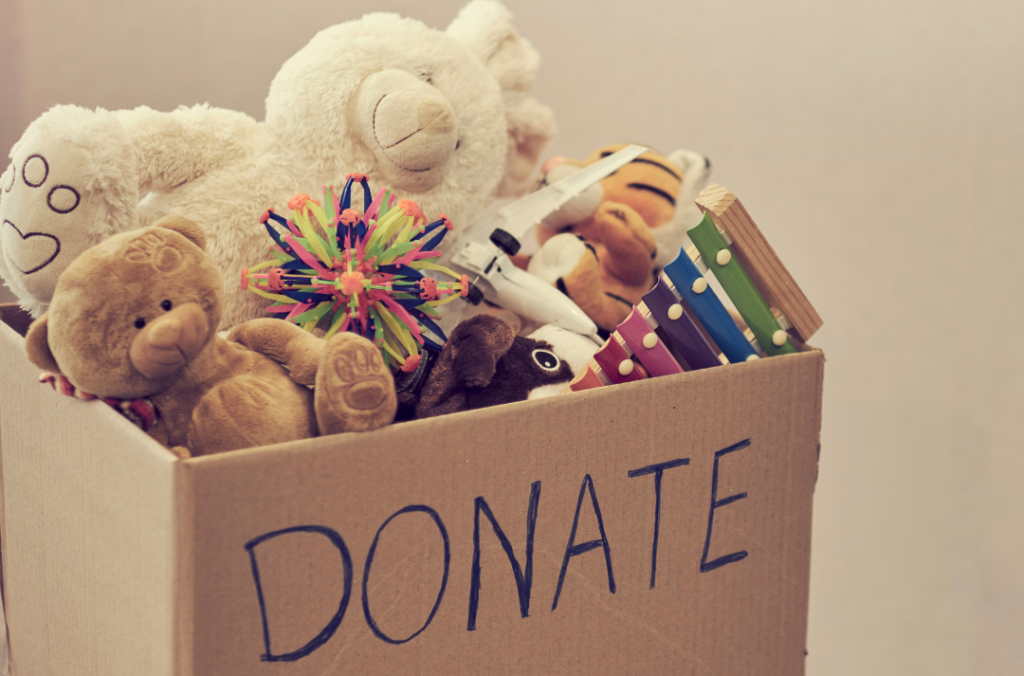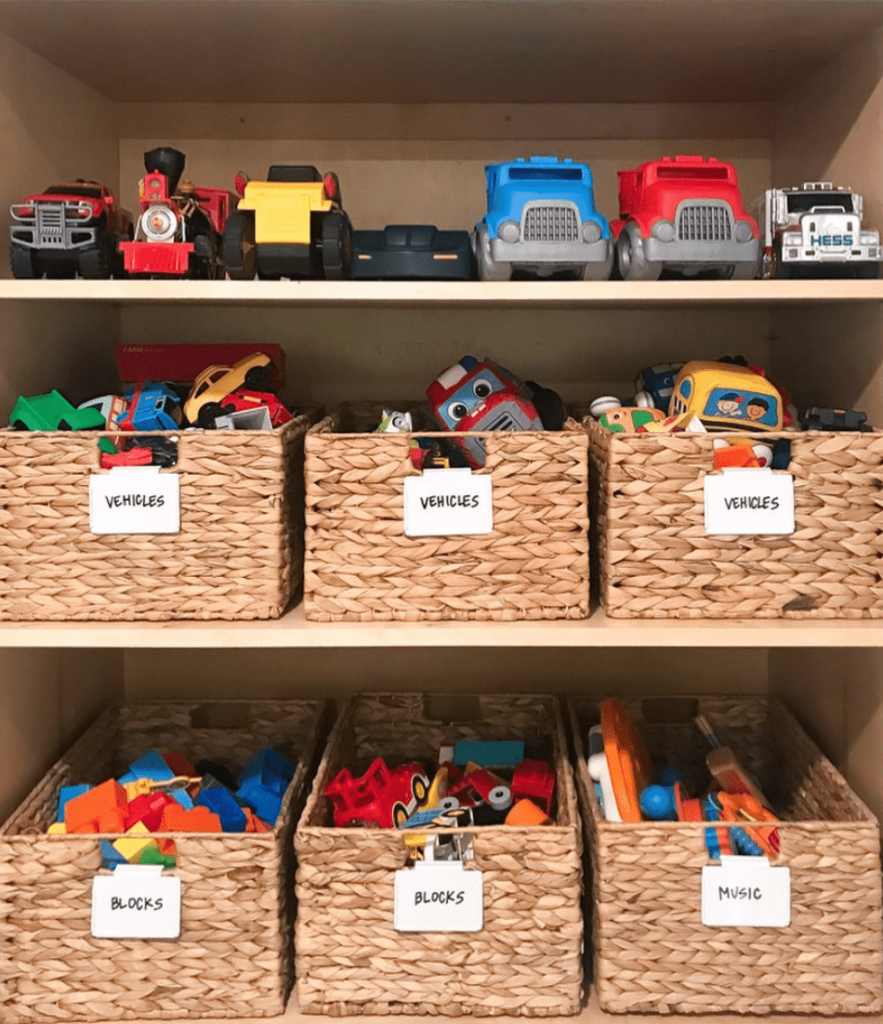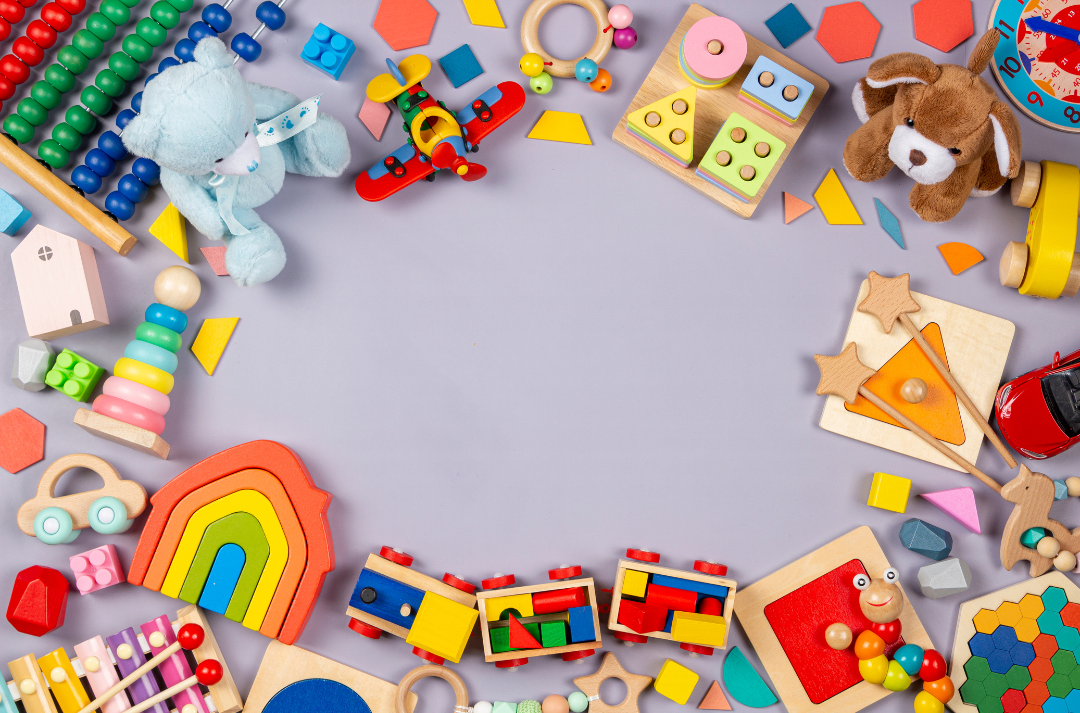At Space and Time, we understand that helping kids manage their collections can be a challenge for many parents. Whether it’s rocks, toys, trading cards, or clothing, kids often find joy in gathering and treasuring their favourite items. While collections can be fun and rewarding, they can also become overwhelming, especially when they start taking over shared spaces. In this blog, we explore questions to better understand your child’s collection and offer practical tips for helping kids manage their collections in a healthy way.
By helping kids manage their collections, parents can guide their children in organising, setting boundaries, and making mindful decisions about their belongings.
Questions to Explore Your Child’s Collection
Understanding the depth and meaning behind a child’s collection opens up valuable conversations about organisation and boundaries. Here are some great questions to get started:
- What types of items do they collect?
e.g., toys, cards, books, clothes, rocks - How long have they been collecting these items?
- What makes these items special to them?
- Where do they keep the collection?
Do they have a designated space, or is it spread around the house? - How often do they add to the collection?
- What do they enjoy most about collecting?
Finding new items, organising them, or showing them to others? - Are there any boundaries in place?
e.g., “Only what fits in this drawer” or “Books must stay on this shelf.” - How do they feel when it’s time to clean or organise their collection?
- Do they like sharing their collection with others, or is it private?
- Do they find it hard to let go of items?
Have they ever traded, given away, or recycled parts of the collection?
These questions help you better understand your child’s attachment to their collection and highlight areas where they may need assistance with organising or setting boundaries.
Tips for Talking to Kids About Their Collections

When discussing collections with kids, it’s important to approach the conversation with curiosity and respect. Here are some practical tips to guide your discussion:
- Acknowledge Their Interests
Show enthusiasm: “Wow, this is such a cool collection! What’s your favourite item here?” This builds rapport and shows that you respect their passion. - Use Positive Framing
Focus on what can be gained through organisation: “How do you like to display your collection?” or “What’s the best way to enjoy these without them getting lost?” - Encourage Storytelling
Ask questions about their favourite pieces: “Where did you get this one?” or “What’s the story behind this item?” This helps them reflect on their attachment to specific things. - Introduce Limits Gently
Suggest gentle boundaries: “Would it help to rotate some of the collection so there’s always space for new things?” - Involve Them in Decisions
Empower them to make choices: “Which pieces do you think you’ve outgrown?” or “Is there anything you’d like to trade or donate?” - Create Display Opportunities
Encourage creative ways to showcase the collection, such as display shelves or photo albums, to prevent it from becoming cluttered. - Teach the ‘Home for Everything’ Concept
Explain the importance of keeping things safe and organised: “How about we make a special spot where your collection can stay safe?” - Use Timelines to Manage Evolving Interests
If interests change, ask: “Do you think some of these things could go to a new home if they’re not as exciting anymore?” - Focus on What’s Gained, Not Lost
Highlight the benefits of letting go: “If we make space, you’ll have room for new things you love!” - Celebrate Progress
Recognise their efforts, no matter how small: “I love how you organised your collection!” This reinforces positive behaviour.
Parents: Exploring Your Own Attachment to Things

As parents, it’s worth reflecting on your own attachment to belongings. Kids often learn their attitudes toward possessions by observing how we manage our things. If parents struggle to part with sentimental items or hold onto clutter, children may adopt a similar mindset. Taking time to examine your own relationship with stuff can positively influence your children.
For example, by demonstrating that it’s okay to donate or recycle items that no longer serve a purpose, your child may feel more comfortable letting go of some parts of their collection. Additionally, showing them how you cherish and organise your most valuable belongings teaches them the importance of looking after their things. Setting a good example can help children see that creating space is okay and that holding onto everything isn’t necessary for happiness or security.
Inspiring Healthy Habits with Collections

Collections offer a great opportunity to teach children about responsibility, organisation, and decision-making. By asking thoughtful questions, showing interest in their passions, and helping them set gentle boundaries, parents can guide their children toward a healthy relationship with their things. And by examining our own attitudes towards belongings, we can set a powerful example for our children to follow.
By enhancing your child’s relationship with their collection, you’re fostering skills that will benefit them for life. Encourage curiosity, organisation, and respect for their belongings to build a strong foundation for healthy habits with material possessions.
Still too hard?
Don’t worry—Space and Time is here to help! If managing your child’s collection feels overwhelming, our professional organising services can guide you and your family in creating functional, clutter-free spaces. Contact us today to book a consultation and take the first step towards a more organised, harmonious home!
